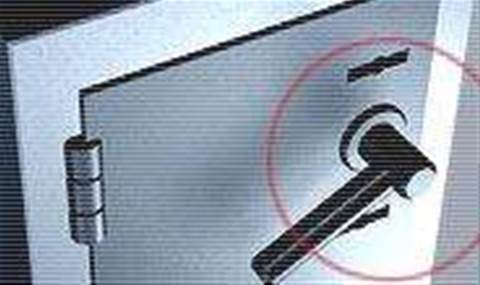The company commissioned a survey into the prevalence, causes and costs of data breaches experienced by Australian businesses.
The survey went out to 156 respondents across the country with 100 or more employees in each company.
It found more than 79 percent of organisations have experienced some form of data breach and approximately 40 percent have had anywhere from six to 20 known data breaches in the past five years.
According to Craig Scroggie, vice president and managing director Symantec Pacific, the company is addressing the problem by adding to the policies it already deploys with its solutions, offering more ways to detect a breach through its search criteria.
DLP version 9, which will be launched early next year, claims to counteract new data threats because it stops the copying or pasting of sensitive information, preventing data from being electronically printed or faxed.
“The survey findings are a fantastic opportunity for the reseller community to understand how they can educate organisations about using technology to market some of the governance and compliance requirements that will be placed on them in the future,” said Scroggie.
Scroggie claims in the future, companies will not only look to buy data loss prevention solutions but the channel will be required to sell consulting services as well.
“Companies will want a combination of technology and policy, how it can be monitored and measured and education on how to operate the software,” he said.
“Companies will want to buy those technologies as a service which will create opportunities for the channel,” he added.
The survey commissioned by Symantec found that 59 percent of businesses suspect they have experienced undetected data breaches meaning respondents were aware of information leaving an organisation but they were not sure how it was being taken.
The primary causes of data breaches were lost laptops (45 percent), human error (42 percent) lost mobile phones or portable devices (30 percent) hacked systems (29 percent) and malicious acts (28 percent).
The most common information lost include customer and employee records, intellectual property, commercially sensitive information and bank and credit card details.
“It’s a complex issue because it’s not a single point issue,” said Scroggie.
He claims the legislative landscape is changing over the next 12-24 months and it will be important for companies to monitor not the information going out but the information that is already stored.
“We are increasingly seeing a heightened awareness of how companies store sensitive data. As more people become mobile and work away from the office there is a genuine challenge ahead.
“Organisations are not just looking at the cost of a stolen piece of hardware but the overall cost to their branding and reputation,” added Scroggie.
Symantec to launch new Data Loss Prevention software
By
Jenny Eagle
on Oct 21, 2008 4:05PM

Got a news tip for our journalists? Share it with us anonymously here.
Partner Content

Guiding customers on the uneven path to AI adoption

How Expert Support Can Help Partners and SMBs Realize the Full Value of AI

MSPs with a robust data protection strategy will achieve market success

Shared Intelligence is the Real Competitive Edge Partners Enjoy with Crayon
.jpg&h=142&w=230&c=1&s=1)
New Microsoft CSP rules? Here’s how MSPs can stay ahead with Ingram Micro







.jpg&w=100&c=1&s=0)










